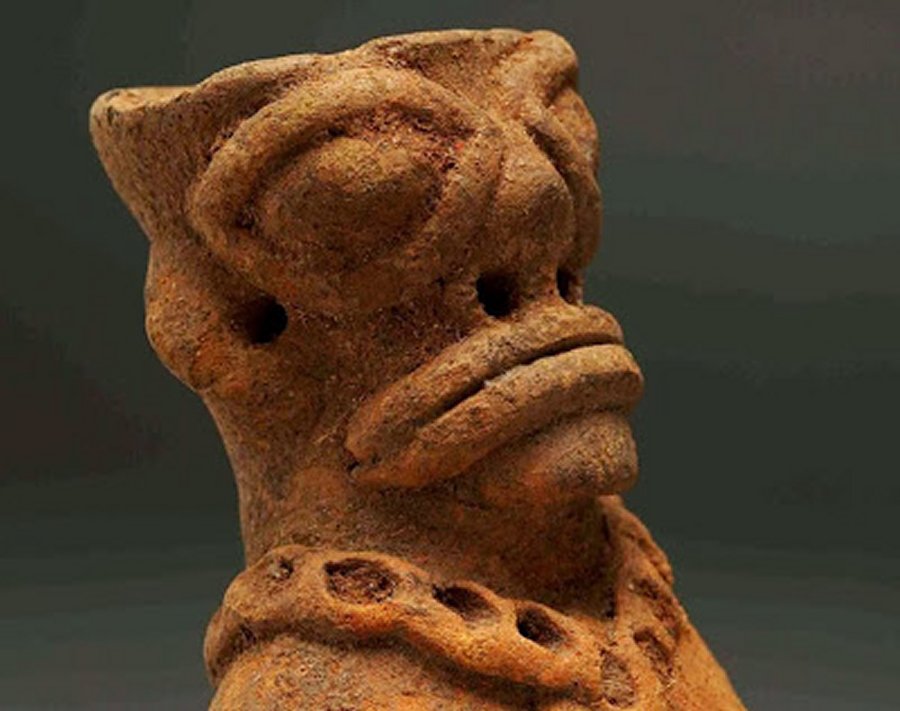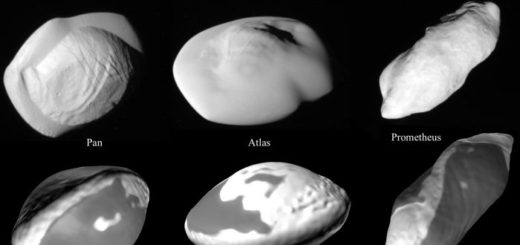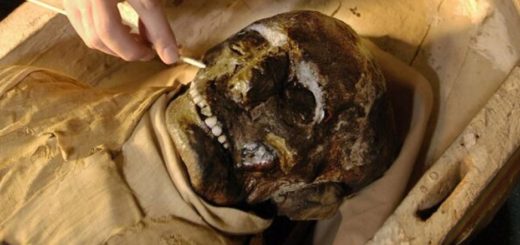Ancient Terracotta Figurines Of Unknown Civilization Reveal African Trade Routes
Ancient terracotta figurines unearthed in Ghana, have been analyzed for the first time by researchers from The University of Manchester, UK.
The figurines were created by an unknown civilization and have become iconic representations of prehistoric African art.

The items were found in Northern Ghana’s Koma Land region during excavations conducted by an international team of researchers in 2010 and 2011.
Many of the figurines are thought to represent ancestral figures or animals, and they reveal the clothing, hairstyles and weapons favored by the ancient culture.
The hundreds of figurines excavated so far suggest a high level of ritual activity at the site. Some of the figurines contain hollow cavities, which the researchers believe substances were poured into during these rituals.
The figurines were exhibited in 2014 at Manchester Museum’s ‘Fragmentary Ancestors’ exhibition. Despite the fact that high temperatures typically accelerate DNA damage, and there are only a few previous reports of the recovery of ancient DNA from exposed sites in Sub-Saharan Africa as a result, Professor Terry Brown and PhD student Heather Robinson managed to recover ancient DNA from inside three of the figurines using forensic-style swabs and a magnetic extraction method.
The study suggests that exotic plants such as banana and pine, which are not native to Ghana, were prized by the unknown ancient culture for use in religious rituals as well as other West African plants.
Banana and pine could only have been obtained via trade with North Africa, and suggest that the prehistoric inhabitants of the Yikpabongo archaeological site were connected to other parts of the World via trade, because banana is an East Asian cultigen.



 Creators of mankind
Creators of mankind Description of “Tall white aliens”
Description of “Tall white aliens” Where they came from?
Where they came from? About hostile civilizations
About hostile civilizations The war for the Earth
The war for the Earth “Tall white aliens” about eternal life
“Tall white aliens” about eternal life Video: “Nordic aliens”
Video: “Nordic aliens” Aliens
Aliens Alien encounters
Alien encounters The aliens base
The aliens base UFO
UFO Technology UFO
Technology UFO Underground civilization
Underground civilization Ancient alien artifacts
Ancient alien artifacts Military and UFO
Military and UFO Mysteries and hypotheses
Mysteries and hypotheses Scientific facts
Scientific facts


















